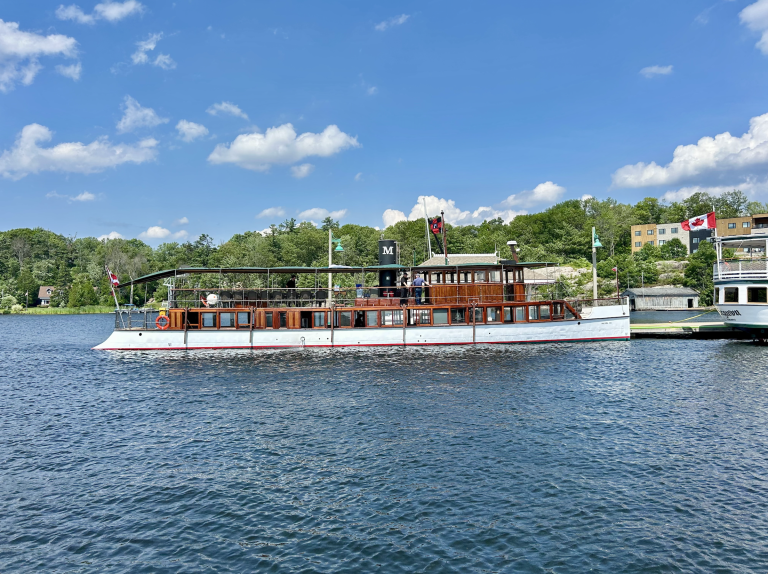Retrieving an anchor is an essential skill for any boater, whether you’re a seasoned sailor or a weekend enthusiast. Properly setting and retrieving an anchor ensures the safety and stability of your vessel. However, retrieving an anchor can sometimes be a challenging task, especially in adverse conditions. This article provides quick tips and essential tools to make the process of retrieving an anchor as smooth and efficient as possible.
Understanding the Basics

Before diving into the retrieval process, it’s crucial to understand the basics of anchoring. An anchor works by digging into the seabed and creating resistance to keep your boat stationary. The anchor line, or rode, connects the anchor to the boat. The rode can be made of chain, rope, or a combination of both. The type of anchor and rode you use depends on the seabed conditions and the size of your boat.
Quick Tips for Retrieving an Anchor
- Prepare in Advance: Before you even think about retrieving your anchor, ensure that your deck is clear of any obstructions. This includes coiled ropes, fishing gear, or any other items that could get in the way. Having a clean and organized deck will make the process much smoother.
- Assess the Situation: Before you start, take a moment to assess the situation. Check the weather conditions, the current, and the wind direction. These factors can significantly impact the ease of retrieving your anchor. If the conditions are unfavorable, it might be safer to wait until they improve.
- Position Your Boat: Slowly motor your boat towards the anchor while keeping the rode taut. This will help you maintain control and prevent the anchor from dragging. Use your engine to position the boat directly above the anchor. This vertical position is crucial for breaking the anchor free from the seabed.
- Use the Windlass: If your boat is equipped with a windlass, use it to haul in the rode. A windlass is a mechanical device that makes retrieving an anchor much easier, especially for larger boats. Ensure that the windlass is in good working condition and that you know how to operate it properly.
- Manual Retrieval: If you don’t have a windlass, you can still retrieve the anchor manually. Start by pulling in the rode hand over hand, keeping it as straight as possible. If the anchor is stuck, use the boat’s engine to gently rock the boat back and forth. This can help break the anchor free.
- Safety First: Always prioritize safety when retrieving an anchor. Wear gloves to protect your hands from rope burns, and never wrap the rode around your hand or any part of your body. If the anchor line gets tangled, take your time to untangle it carefully.
Essential Tools for Retrieving an Anchor

- Anchor Windlass: As mentioned earlier, an anchor windlass is a valuable tool for retrieving an anchor. It can be electric or manual, and it significantly reduces the physical effort required. Ensure that the windlass is properly maintained and that you have a backup plan in case it fails.
- Anchor Ball: An anchor ball, also known as an anchor retrieval buoy, is a floating device that helps lift the anchor off the seabed. Attach the anchor ball to the rode and motor the boat forward. The buoy will slide along the rode and lift the anchor to the surface. This method is particularly useful for heavy anchors.
- Anchor Chain Hook: An anchor chain hook, or chain grabber, is a device that allows you to secure the anchor chain to a cleat or windlass. This tool is especially useful if you have a combination of chain and rope rode. It provides a secure grip on the chain, making retrieval easier.
- Boat Hook: A boat hook is a versatile tool that can assist in various tasks, including retrieving an anchor. If the rode or anchor is out of reach, use the hook to grab it. A boat hook with a telescoping handle is particularly useful for reaching further distances.
- Gloves: Protecting your hands is crucial when dealing with anchor rode, especially if it’s made of rough material like chain. Invest in a good pair of gloves designed for boating. They should provide a good grip and protect your hands from cuts and abrasions.
- Anchor Roller: An anchor roller is a device mounted on the boat’s bow that guides the anchor rode and anchor during retrieval. It helps prevent damage to the boat’s hull and makes the retrieval process smoother. Ensure that the roller is properly aligned and in good condition.
Troubleshooting Common Issues
- Stuck Anchor: If your anchor is stuck, don’t panic. First, try to position the boat directly above the anchor and use the engine to gently rock the boat back and forth. If that doesn’t work, try pulling the rode from different angles. In some cases, diving down to manually free the anchor might be necessary, but only if it’s safe to do so.
- Tangled Rode: A tangled rode can be frustrating, but it’s important to remain patient. Slowly and carefully untangle the rode, ensuring that it doesn’t get caught on any part of the boat. Using a boat hook can help reach and untangle the rode more easily.
- Windlass Malfunction: If your windlass fails, you must retrieve the anchor manually. Ensure that you have a backup plan and the necessary tools to do so. Regular maintenance of the windlass can help prevent malfunctions.
Retrieving an anchor is a fundamental boating skill that requires preparation, the right tools, and a focus on safety. By following these quick tips and ensuring you have the essential tools on board; you can make the process of retrieving an anchor more efficient and less stressful. Whether you’re using a windlass, an anchor ball, or relying on manual strength, the key is to remain calm, assess the situation, and prioritize safety at all times.
Frequently Asked Questions
What should I do if my anchor is stuck and won’t come up?
If your anchor is stuck, first try positioning your boat directly above the anchor and gently rocking it back and forth using the engine. If that doesn’t work, try pulling the rode from different angles to free the anchor. As a last resort, you may need to dive down to manually free the anchor, but only if it’s safe to do so.
How do I know if my anchor is properly set before retrieval?
To ensure your anchor is properly set, check for a steady hold by backing down on the anchor with your engine in reverse. If the boat doesn’t drag and the anchor line remains taut, your anchor is likely well-set.
Can I retrieve an anchor without a windlass?
Yes, you can retrieve an anchor manually by pulling in the rode hand over hand. It’s important to keep the rode as straight as possible and use your boat’s engine to help break the anchor free if needed. Wearing gloves can protect your hands from rope burns.
How can I prevent my anchor rode from getting tangled during retrieval?
To prevent tangling, ensure the rode is laid out neatly on the deck before retrieval. As you pull in the rode, coil it neatly to avoid kinks and tangles. Using a boat hook can help manage the rode and keep it organized.
What safety precautions should I take when retrieving an anchor?
Always wear gloves to protect your hands, never wrap the rode around your hand or body, and ensure the deck is clear of obstructions. If the rode gets tangled, take your time to untangle it carefully. Prioritize safety and avoid rushing the process.







